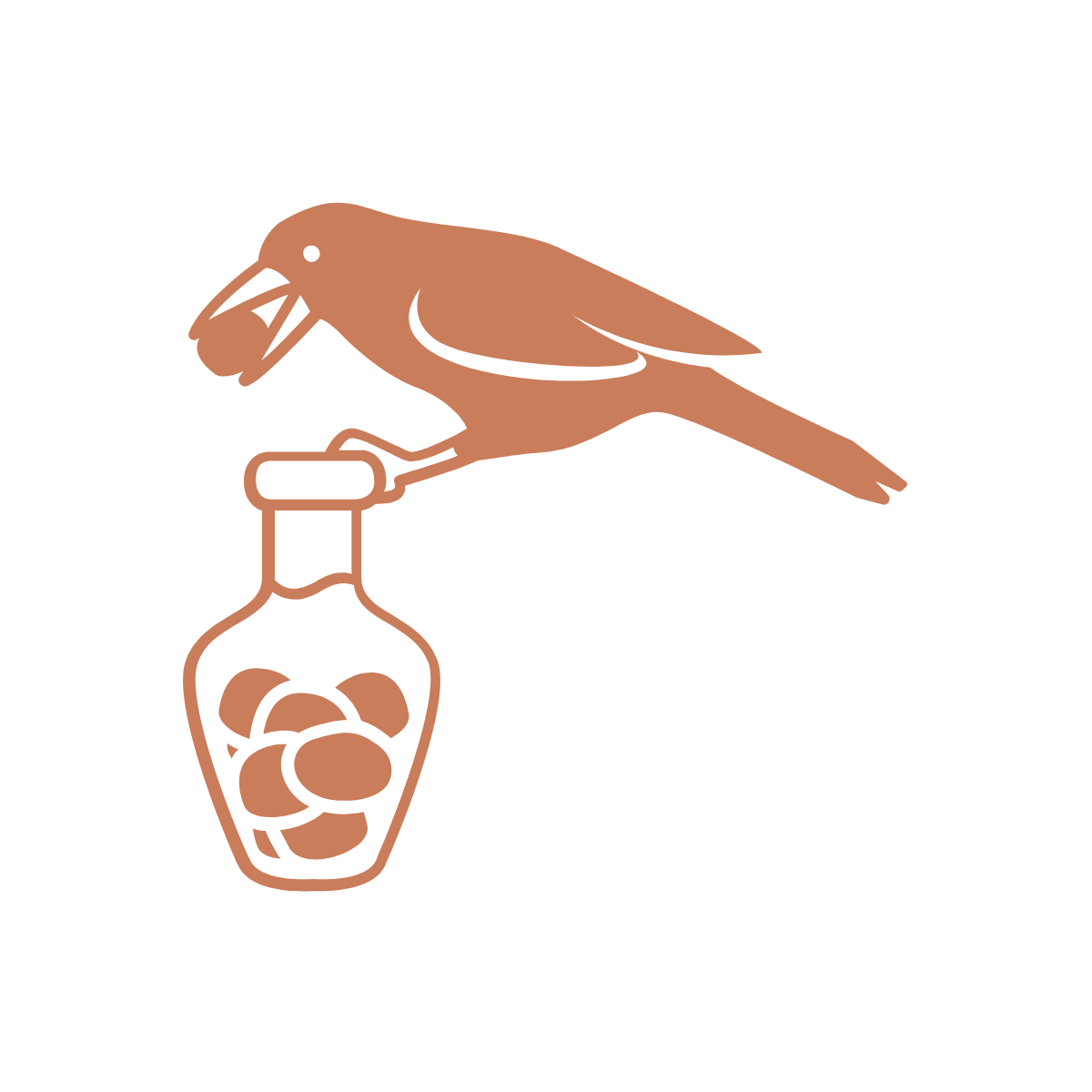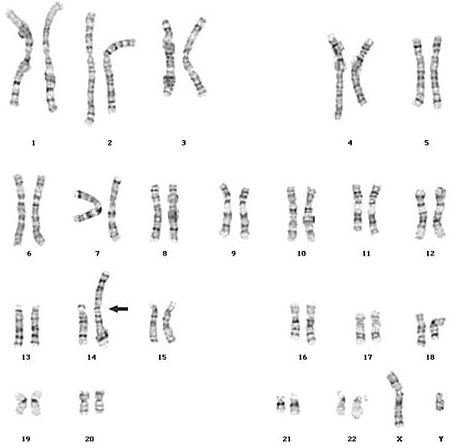Sometimes alone in your head is a frightening place to be. This is particularly true when things go bad, and they have been going bad for us lately. As some of you may know, my wife is now 22 weeks pregnant. On September 21, the day we were supposed to find out the gender of our baby, we were informed that there were several abnormalities: the brain was not fully divided and the heart and kidneys weren't functioning properly. Even without a firm diagnosis as to why, we were told that our baby, a girl, had about a 1% chance of surviving to full term. We were devastated: what was to be a celebration became an unreal nightmare. We decided soon after to keep our baby as long as possible. Annie was our daughter, and we were past the point where we could imagine otherwise (my wife Jodi
has written eloquently on our decision not to terminate the pregnancy).
We soon after learned that our baby had Trisomy 13 (an extra 13th chromosome), and that the abnormalities were critical and incompatible with life. (I will say here that the folks at
Cardinal Glennon Children's Hospital Fetal Care Institute are amazing.) At most, Annie might make it to full term and perhaps live a day or two. Most likely, she will pass in utero. We began to prepare ourselves for these eventualities, describing ourselves as actively-passive. We would work to accept what we could not control, and to live with what we had for as long as we had it. So Annie became Annie. We feel her kick. We read to her. Will (Annie's big brother) talks to her and rubs Jodi's belly (and worries about being sick himself and of not wanting to "go to heaven").
Some days are harder than others, but most days are full of the joy that is Annie's life. It takes a lot of work to carve out this kind of happiness, but it has been worth it.
It's been worth it because the universe wasn't quite done. Annie's form of Trisomy 13 (Down Syndrome is Trisomy 21) was a full translocation (which only happens in about 20% of trisomy 13 cases), which is when the extra 13th chromosome attaches to the 14th. In about 25% of these cases, this translocation is inherited. We had genetic testing done. Yesterday, we learned that my wife is a carrier. She was devastated. We were devastated. What does this mean? Can we have more children? Do we want to risk going through this again? We haven't really thought through any of this yet. We just resolved to look at our healthy and wonderfully amazing son and feel lucky as hell. Just look at him: pretty fucking amazing, right?

So, I'm in my head a lot these days. After all, as an academic I'm pretty much paid to think all day, which is not exactly a choice profession with all this on your mind. And so to get some work done, I have to start thinking about Annie in terms of my research: object-oriented rhetoric, new materialism, vibrant matter, where the lesson is over and over again the complexity of the world and the fact that everything has a kind of force. And you start to feel vulnerable. Even our genes are out to get us.
But that's rather pessimistic and counter to the actively-passive stance we had taken. Vulnerability brought us Will. Vulnerability brought my wife and I together. We are each us of affect-able, persuadable, moveable, and changeable. Because we are these things we get to be something at all in the first place. Most days I get to feel Annie kick. I have seen pictures of her: her rainbow spine and the hands that will never open all the way. And these kicks are more than signs, more than symbolic representations of life; they are her
being alive. And these kicks aren't even her fighting the good fight: they are simply Annie living as Annie.
She isn't battling: we aren't battling. We are all of us vulnerable and alive because of it. All we are ever doing is being alive. I have a daughter that I will only live with for nine months, and most of that, all of it most likely, will be in utero. I celebrate that. I honor that. I grieve for that. This isn't a simple celebration or a treatise on the value of human life. This post isn't pro- anything. It is an active recognition of our permanent (and sublimely passive) vulnerability—not to a higher power, our own power, or some other life force, but a complicated jumble of other things, each as vulnerable as the next.
Vulnerability is the chance to be anything at all and often times for only a moment. We can only ever be actively passive in the face of this, in the face of others, in the face of a world we are thrown into, kicking and screaming.



























